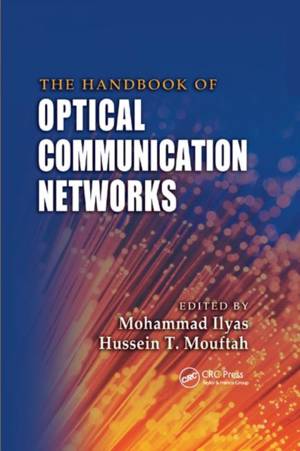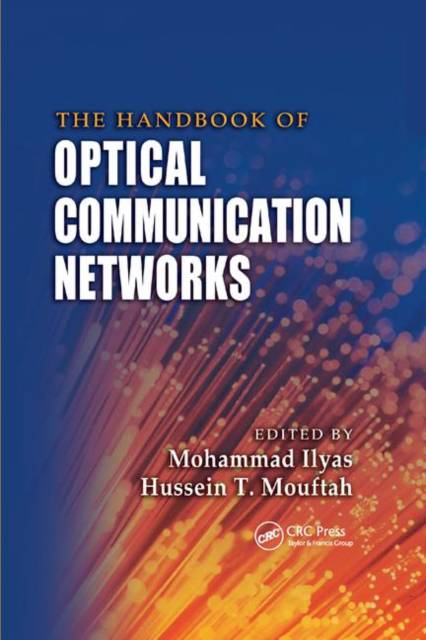
- Afhalen na 1 uur in een winkel met voorraad
- Gratis thuislevering in België vanaf € 30
- Ruim aanbod met 7 miljoen producten
- Afhalen na 1 uur in een winkel met voorraad
- Gratis thuislevering in België vanaf € 30
- Ruim aanbod met 7 miljoen producten
Zoeken
The Handbook of Optical Communication Networks
€ 89,45
+ 178 punten
Omschrijving
The Internet revolution. Once, the public was delighted with 14.4 modem access and fascinated by low-tech Web site content. But not for long. Technology has raced to keep up with users' calls for high-speed facilities and advanced applications. With the development of high-speed transmission media and the availability of high-speed hardware, we are fast approaching the day when a single communication network will support all communication activities-and that network will use optical fibers as its transmission media and optical switch/routers as its nodes. The Handbook of Optical Communication Networks presents comprehensive, up-to-date technical information on integrated, state-of-the-art optical networks. Beginning with an in-depth intoduction to the field, top international authorities explore every major aspect of optical networks, from basic concepts to research grade material. Their discussions cover all of the essential topics, including protocols, resource management, routing and wavelength assignment in WDM networks, connection management, survivability, enabling technologies, and future trends. To meet the remaining technical and implementation challenges of optical networks, present and future communications professionals need a convenient, one-stop source for the relevant fundamentals, technical details, and applications. The Handbook of Optical Communication Networks provides that information in a presentation that is structured for fast access, organized for optimum utility, and packed with the insights of true leaders in the field.
Specificaties
Betrokkenen
- Uitgeverij:
Inhoud
- Aantal bladzijden:
- 488
- Taal:
- Engels
- Reeks:
- Reeksnummer:
- nr. 30
Eigenschappen
- Productcode (EAN):
- 9780367395261
- Verschijningsdatum:
- 23/10/2019
- Uitvoering:
- Paperback
- Formaat:
- Trade paperback (VS)
- Afmetingen:
- 155 mm x 234 mm
- Gewicht:
- 929 g

Alleen bij Standaard Boekhandel
+ 178 punten op je klantenkaart van Standaard Boekhandel
Beoordelingen
We publiceren alleen reviews die voldoen aan de voorwaarden voor reviews. Bekijk onze voorwaarden voor reviews.










